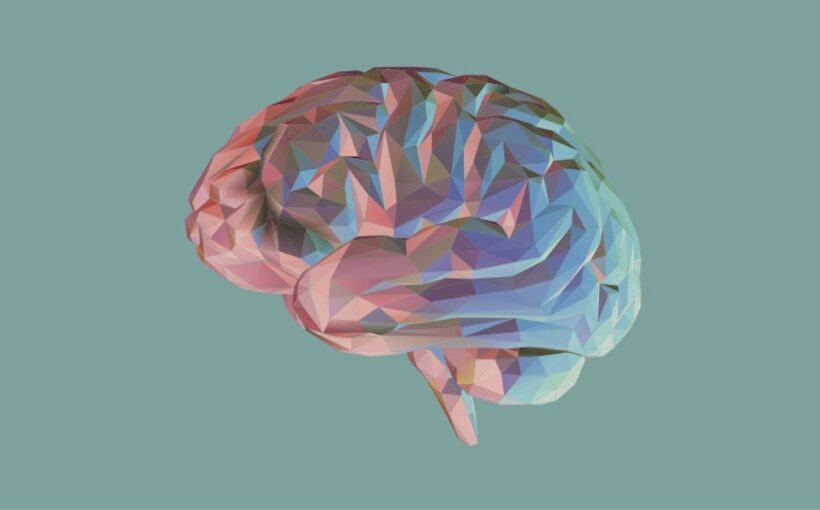Burnout rates continue to rise among healthcare professionals, especially after the pandemic. Luckily, artificial intelligence is poised to lighten the load. Through automating administrative tasks, addressing staff shortages, and more, here’s how AI helps reduce physician burnout.
SwissCognitive Guest Blogger: Zachary Amos – “How AI Reduces Physician Burnout”

1. Automating Administrative Tasks
In a recent survey of 1,000 medical professionals, 93% said they felt burned out regularly. Nearly 50% considered quitting their jobs or stopping patient consultations altogether because of the pressures associated with the job.
One of the biggest causes of this work fatigue is excessive administrative tasks, such as scheduling, billing and documentation. According to Statista, 62% of U.S. physicians in the United States found these bureaucratic functions increasingly cumbersome, contributing immensely to burnout.
AI can automate routine administrative duties, allowing doctors and nurses to focus more on patient care. For example, AI-powered natural language processing (NLP) tools can transcribe physician-patient conversations into electronic health records, reducing the time spent on data entry. Physicians must carefully review notes before uploading them, but the time saved is still significant and can go a long way in reducing work stress.
2. Addressing Staff Shortages
The health care sector has been coping with a sustained worker deficiency since the pandemic — and things appear to be worsening. Experts estimate the U.S. will face a shortfall of 124,000 physicians and nearly 200,000 nurses by 2030.
As a result, medical staff spend more hours at work, increasing job dissatisfaction. Around 37% of burnout cases stem from this issue, highlighting the need for innovative solutions.
AI tools can effectively bridge gaps in health care worker shortages by automating routine monitoring tasks, allowing doctors to focus on more complex patient needs. For instance, these systems can continuously track vital signs and health metrics, alerting providers only when intervention is necessary. These real-time insights enhance decision-making capabilities for existing staff, enabling them to manage larger patient loads more efficiently.
3. Predictive Analytics for Patient Management
Health care analytics can contribute to stress and burnout by overwhelming doctors with excessive data and complex reports requiring time-consuming analysis. The pressure to quickly interpret vast amounts of information can lead to cognitive overload, reducing job satisfaction.
Additionally, analytics tools that are poorly integrated into workflows can create inefficiencies, forcing physicians to spend more time on non-patient tasks. This imbalance between data demands and actual clinical work can exacerbate feelings of frustration, ultimately leading to increased burnout.
Advanced ML systems can identify patterns and anomalies in patient data much quicker than humans, allowing for proactive care management. For example, AI predictive analytics can enhance early disease detection with up to 95% accuracy, alleviating the workload burden on physicians. These insights can also help forecast which patients are at risk of hospital readmission, enabling early intervention.
4. Bridging Training Gaps
Inadequate training or resources can significantly contribute to burnout. Physicians become frustrated when unprepared for work challenges, whether due to rapid advancements in medical technology, evolving treatment protocols or complex patient cases.
ML-driven platforms can assess individual knowledge gaps and learning preferences to create tailored training programs. These systems can work directly with AI-based virtual reality and augmented reality simulations, allowing health care professionals to practice procedures in a risk-free environment.
This targeted training helps physicians feel more prepared, improving decision-making and reducing anxiety during patient care. Additionally, increasing competence and procedure familiarity can shorten the learning curve, allowing doctors to manage their workloads more effectively and ultimately decreasing burnout.
AI Is Vital to Physician Fulfillment
Integrating AI in health care presents a promising avenue for reducing stress and improving overall career fulfillment. AI and ML systems can improve work-life balance by automating administrative tasks, addressing skilled labor shortages and streamlining clinical processes. As these technologies evolve, their potential impact on physician well-being will likely grow, contributing to improved job satisfaction and patient care quality.
About the Author:
 Zachary Amos is the Features Editor at ReHack, where he writes about artificial intelligence, cybersecurity and other technology-related topics.
Zachary Amos is the Features Editor at ReHack, where he writes about artificial intelligence, cybersecurity and other technology-related topics.
Der Beitrag How AI Reduces Physician Burnout erschien zuerst auf SwissCognitive | AI Ventures, Advisory & Research.



